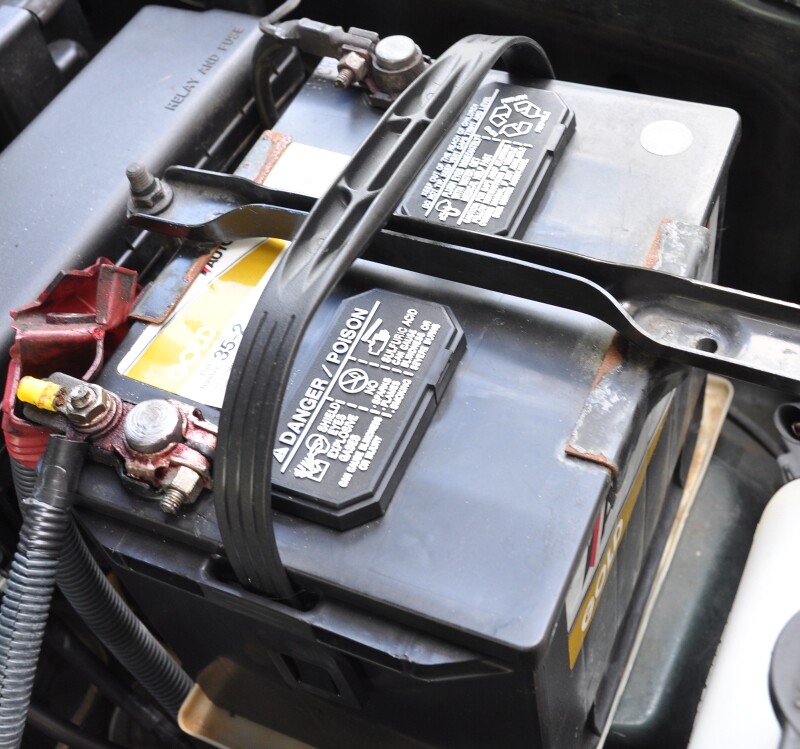Automotive Connectivity and the Continued Drain on the American Wallet
In the past year, there have been three very exciting developments in the realm of car connectivity. The first two are as deeply entwined as only intense competition in a billion-dollar market can manage. Apple and Google, the technology overlords that will someday rule us all, have finally managed to infiltrate the one place where we could hide from their omniscient gaze – the car.
If it sounds like I am proselytize, but I assure you that I am not. Well, not entirely. I welcome Android Auto into my life. And if CarPlay also exists, so be it. When I drive, I listen to my own music. In my last car, when I installed an aftermarket head unit, I chose to save the $17 they were going to charge for the FM transmitter. So I listen to radio so rarely that I literally chose to go without it for four years.
I am one of the last remaining users of an iPod Classic because the head unit in my current car has a 30-pin Apple connection, not the more useful USB connection. It is the only Apple device I own, which is neither here nor there.
Point being, I welcome the ability to control my music library much more easily than that iPod allows. I also welcome the opportunity to access more music than that 30GB brick can hold. And the 20,000 songs I have uploaded to Google Music is not only curated much more closely (by me), but is also more than I can fit on that iPod.
I also use my phone for navigation. Why would I bother paying for an in-dash navigation unit when I am going to use my phone anyway? I can look it up ahead of time and pull it up when I’m on the road.
With Android Auto and CarPlay, all of these tasks are much simpler and safer, so they say. The ability to listen to Pandora or the other streaming music service of your choice? Piece of cake. Navigation integration with Google Maps? Bring it on. Surely other benefits will follow, but since these systems are still probably a year from actual large-scale deployment, we will have to wait and see what they are.
The third development is the announcement that Chevy will start including built-in 4G connectivity in certain models starting in 2015. Luxury manufacturers have offered this feature for years now, but this is the first time this feature will be accessible to the common man. Now your kids can stream Netflix in the back seat so you don’t have to interact with them!
There is one obvious but unspoken group of winners in the race for the connected car: the wireless carriers. Android Auto and CarPlay will surely contribute to an increase in data usage on your wireless phone, and if you want your Chevy to occupy your kids, you’ll have to buy a separate line on your wireless plan and bump up your data package.
Don’t we already give too much money to the big telecoms? Considering what we shell out per month for television and internet at home, and for the phone in our pocket, when is enough going to be enough? Some commentators have suggested that the millennial generation is surviving the current economic climate and developing a heightened sense of good and bad investments. As much as I would like to be flattered by this revelation, the truth is that millennials have upside down priorities that have been reinforced by the big telecom companies. Our grandparents would faint if they truly knew we were paying over $200 a month for technology subscriptions. And they should.
We have to draw a line against the ever-increasing reach of the telecom giants into our personal wealth. Considering none of these technologies will actually make car driving safer, I say we should draw our line at the door to our car. If you read a site like this, you probably agree with me when I say driving is sacred. Let’s keep it that way.





